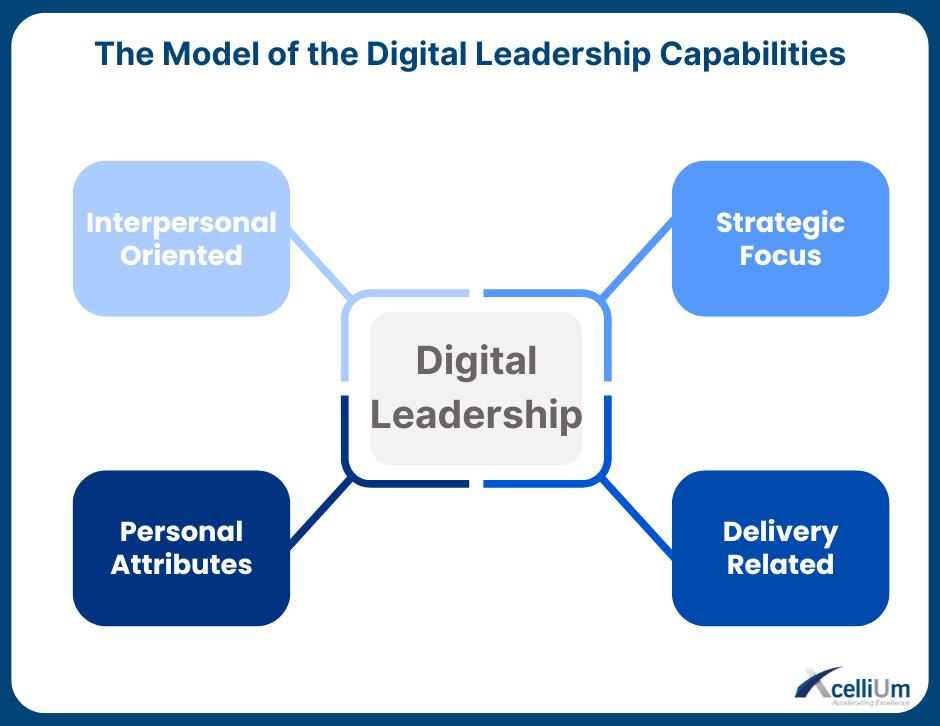Role Modeling Organizational Culture: A Leadership Imperative
- Nancy Nouaimeh
- Jul 19, 2023
- 2 min read
Updated: Jan 26, 2024

In Gallup’s State of the Global Workplace 2023 report, respondents were asked: What would you change about your workplace to make it better?
41% answered Engagement or Culture.
Here are some of the things they would change:
• For everyone to get recognized for their contributions.
• I would like it if the managers were more approachable, and we could talk openly.
• They should grant more autonomy in the work to stimulate everyone’s creativity.
• I would like to learn more things, but the work I do is quite repetitive.
• I just wish they respected me more.
• Giving everyone a fair chance in getting promoted.
• Clearer goals and stronger guidance.

Organizations leaders have responsibility to establish healthy workplace culture and practices, to enhance engagement and hence retention and performance.
Engaged employees is a primary driver of customer retention and organic business growth. Take a moment to think about the culture you need to have in-place to achieve your mission and vision.
Looking at the answers shared above, if leaders have the intention to do things differently, they will need to have some actions taken to enhance culture across their organizations. Some of the changes suggested above are simple, and all leaders and organizations should be able to do somethings about them.
As you may know, some principles, when engraved in the organization, they change behaviors of people at three levels: Executives, Middle Managers and Associates. The two principles in the dimension Cultural Enablers in the Shingo Model are “Respect every individual” and “Lead with humility”. Here are three leader’s actions that could lead to better engagement and align with these two principles, which you could try with your team:
1- Be a leader that listens. Show empathy. Give few minutes a day to check on your team in a personalized way.
2- Facilitate feedback mechanisms, including feedback on your leadership style and performance. Formal or informal, what you may hear could surprise you. A leader’s self-awareness is critical for building good relationships.
3- Allow time for experimentation and promote ideas sharing in meetings and through formal mechanisms whenever possible.
4- Find simple and creative ways to recognize your team’s contribution, their successes, collectively and individually.
Have you heard of the "Chocolate Recognition"? Maybe not, so here is the brief story: One leader made a big leap in enhancing employees’ morale, by offering a chocolate bar with a verbal thank you, to recognize employees spontaneously, whenever a unique event or performance took place. He achieved miracle in boosting his team's morale and contribution.
Keep it simple to sustain it!
How much time a week does your leader spend on connecting with his/her team other than in team meetings?
Very rarely
Some time is allocated (1-2 hours a week)
Considerable time is allocated (1-2 hours a day)
Nancy Nouaimeh
Culture Transformation and Organizational Excellence
Excellence Foresight Podcast and Blog






Comments